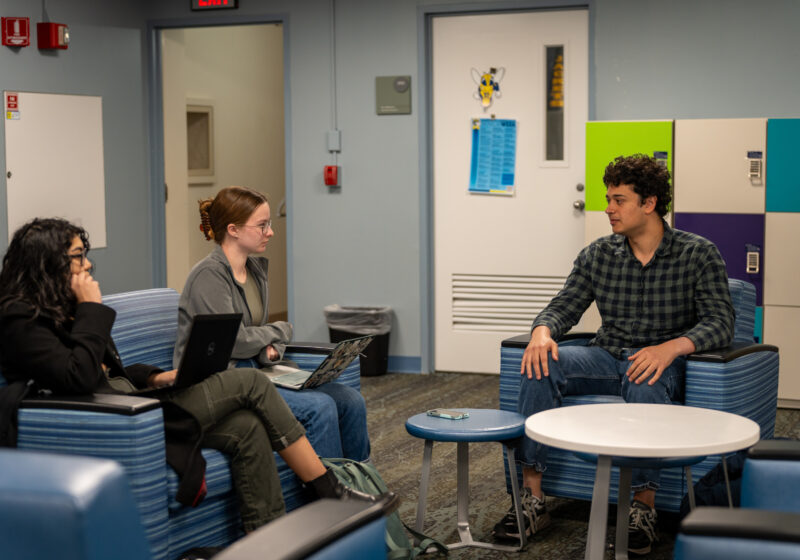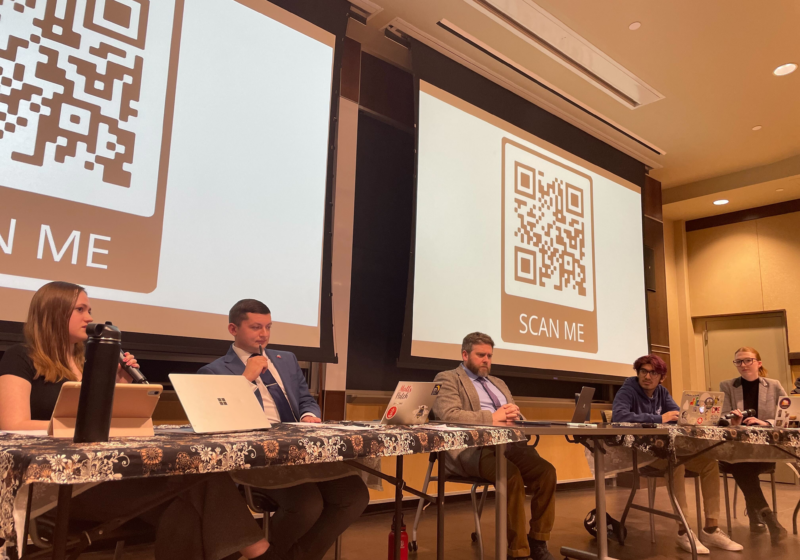After almost a year of deliberation, Rochester was announced in July as the headquarters for the federal government’s new Integrated Photonics Institute for Manufacturing Innovation. The photonics institute, which was first announced to the public in Oct. 2014, will encompass a coalition of state and private universities including UR, Rochester Institute of Technology (RIT), and State University of New York Polytechnic Institute (SUNY Poly). Funding will come in part from the U.S. Department of Defense, which committed $110 million to the project.
Rochester’s photonics institute is the sixth such project to be announced since 2012, when the government began an initiative to fund Integrated Manufacturing Institutes in various fields including an institute for 3-D printing, in Youngstown, Ohio, and an institute for research into lightweight metals, in Detroit, Michigan. The goal, as stated in a White House press release from last year, is to develop “an end-to-end photonics ‘ecosystem’ in the U.S., including domestic foundry access, integrated design tools, automated packaging, assembly and test, and workforce development,” in hopes of keeping the U.S. up-to-date in cutting edge fields.
The field of photonics, for instance, encompasses the study of light, lasers and fiber optics. With applications in telecommunications, computers and manufacturing, photonics is coming to be an important part of sustained technological innovation in the modern world.
The institute is likely to be headquartered in either Legacy Tower, which was formerly the headquarters of Bausch & Lomb, or the Sibley Building, both in downtown Rochester, although there was some confusion over the actual location. SUNY Polytechnic professor Michael Liehr released a statement that the institute’s headquarters would be located in the Legacy Tower, formerly the headquarters of Bausch + Lomb. In response to Liehr’s statement, UR President Joel Seligman, Wegmans CEO Danny Wegman and state Sen. Joseph Morelle announced that the location had not in fact been finalized, and that the Sibley Building was being investigated as another option. In a statement from the President’s Office on Thursday, Seligman said only that the headquarters would be located “in downtown Rochester.”
The photonics institute brings with it more than $600 million dollars in total funding, from federal and state sources as well as private investors. This influx of funding is expected to be a tremendous boost to Rochester’s economy. In an email interview, Seligman’s office expressed confidence that “photonics will grow Rochester’s and the region’s workforce, and create many new jobs in research, development, and manufacturing, not to mention the entrepreneurial ventures that will arise,” adding that “photonics will serve as an economic engine to draw researchers and skilled workers to Rochester and the region.” U.S. Sen. Charles Schumer was also quoted on the institute’s potential impact, saying “This could create, over the years, thousands and thousands of good-paying jobs.”
The announcement is particularly relevant to UR because of its long history of research in the field. The Institute of Optics, founded in 1929, is recognized as one of the strongest players in the optics and photonics field. “The University of Rochester is a pioneer in the field of optics,” Seligman said, “we had the first optics degree and the University has graduated more than 50 percent of all the world’s optics graduates. RIT is also exceptionally strong in optics, and, of course, we have the professional base built by Eastman Kodak and others in the city.”
Passanisi is a member of the class of 2017.



